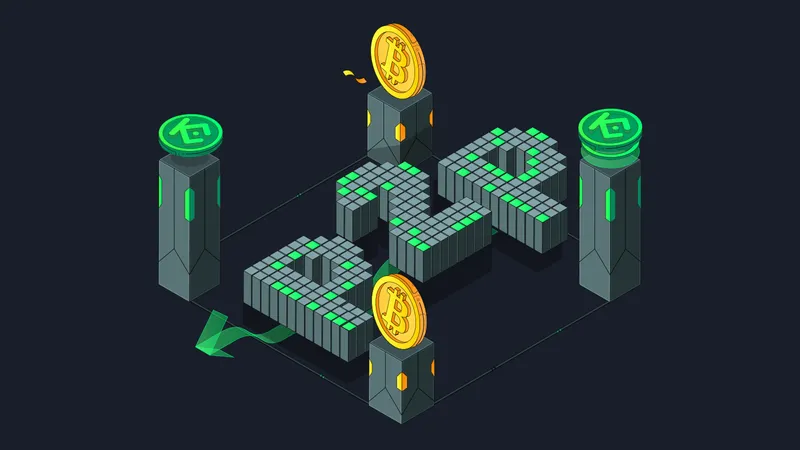The financial industry has always been dominated by centralized exchanges, institutions that control liquidity, enforce rules, and serve as the primary gateways for market participation. Yet beneath this dominant model, a quiet revolution has been building momentum. The P2P trading platform, once considered marginal, is now gaining ground as a viable alternative. What started as a solution for the unbanked and underserved has grown into a powerful system that could, in time, outlast traditional exchanges.
The Cracks in the Centralized Model
Centralized exchanges thrive on efficiency and scale, but their weaknesses have become increasingly visible. Hacks have resulted in billions lost. High fees reduce profitability for smaller traders. Withdrawal freezes during crises have shattered trust. Most importantly, these exchanges remain vulnerable to systemic risks — one technical failure or management scandal can impact millions of users at once. In contrast, a P2P trading platform distributes responsibility across thousands of participants, reducing dependence on a single point of failure.
The Power of Direct Interaction
At the core of peer-to-peer trading is direct negotiation between individuals. Buyers and sellers set their own terms, agree on payment methods, and close deals secured by escrow. This decentralization not only lowers costs but also fosters adaptability. A P2P trading platform can integrate local payment methods and currencies ignored by centralized players, ensuring relevance in diverse markets. For many, the personalized, flexible experience is more attractive than the one-size-fits-all approach of centralized exchanges.
Resilience in Times of Crisis
Economic shocks expose the fragility of centralized systems. When banks collapse or exchanges restrict withdrawals, users often find themselves powerless. A P2P trading platform remains functional even in turbulent conditions, as long as participants are willing to trade. By relying on networks of individuals rather than central authorities, peer-to-peer platforms often thrive during uncertainty. This resilience positions them as a long-term alternative in a volatile financial world.
Scalability Without Infrastructure
Traditional exchanges require extensive infrastructure — compliance teams, liquidity pools, and banking partnerships. Scaling is costly and slow. A P2P trading platform, by contrast, grows organically. Every new participant adds liquidity, every local payment method expands accessibility, and every successful trade strengthens reputation systems. This bottom-up scalability makes peer-to-peer systems far more agile than their centralized counterparts, especially in emerging economies where formal infrastructure is weak.
The Cultural Shift in Trust
Trust in institutions has been eroding for decades, from banking scandals to exchange collapses. Younger generations, raised in the digital age, are more inclined to trust systems that give them direct control. On a P2P trading platform, trust is built through transparency, reputation, and shared responsibility. This cultural shift — from institutional reliance to personal autonomy — is one of the strongest indicators that peer-to-peer systems will continue to grow while centralized models lose ground.
Regulation and the Path Forward
Critics argue that regulation will limit the growth of peer-to-peer systems. Yet regulation is a double-edged sword. By integrating compliance tools such as decentralized identity verification and AI-driven fraud monitoring, a P2P trading platform can satisfy regulatory demands without losing its decentralized nature. In fact, embracing regulation could legitimize these platforms further, allowing them to compete openly with centralized exchanges rather than operating in their shadow.
Long-Term Vision: Coexistence or Supremacy?
It is unlikely that centralized exchanges will disappear overnight. They offer liquidity and speed unmatched by many alternatives. But the trajectory suggests a gradual power shift. As peer-to-peer systems expand into lending, saving, and broader decentralized finance, the role of centralized exchanges may shrink. Over time, the P2P platform could become not just an alternative but the default infrastructure for global financial interaction.
The future of trading will not be written solely by institutions. It will be shaped by the countless individual negotiations taking place across peer-to-peer networks, building a resilient, adaptable, and inclusive system. Traditional exchanges may continue to operate, but their dominance is no longer guaranteed. The P2P trading platform has already proven its durability, its relevance, and its capacity to adapt. The question is no longer whether it can survive alongside traditional exchanges — but whether it will eventually replace them as the foundation of the financial world.






